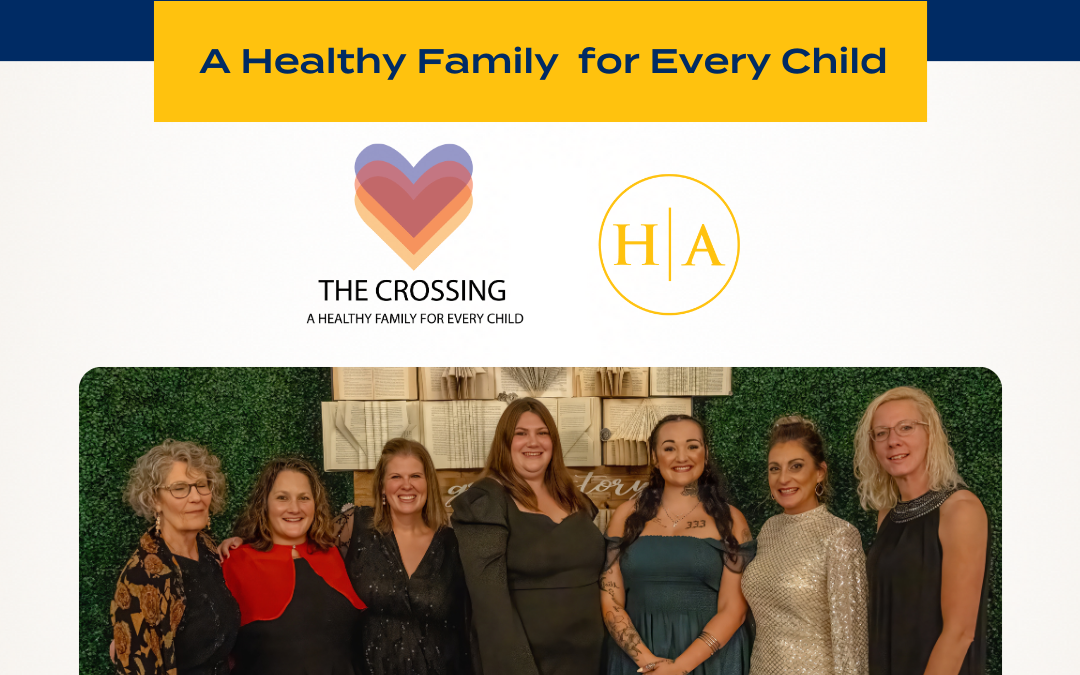Background
Nonprofit organizations may not realize they can have issues with the IRS that are not related to their tax exempt status. One potential area of concern is worker classification. The IRS audited approximately 6,800 employment tax returns of both taxable and tax-exempt entities for tax quarters in the years 2008-2010. These audits revealed reporting problems in several areas that led to inaccurate and incomplete returns. Recently, the IRS issued News Release FS-2015-21 to remind employers to correctly determine whether workers are employees or independent contractors.
Why Worker Classification Matters
There are several significant reasons why proper identification of workers as employees or independent contractors is important.
Employers must generally withhold income taxes, withhold and pay Social Security and Medicare taxes, and (except for Section 501(c)(3) organizations) pay unemployment tax on wages paid to employees. Employers are generally not required to withhold or pay any taxes on payments to independent contractors. If an organization classifies an employee as an independent contractor without a reasonable basis for doing so, it (or responsible persons in the organization) may be held liable for employment taxes for that worker.
In addition to the withholding tax issues, there may be obligations under the organization’s retirement plan, workers compensation questions, and health insurance coverage requirements under the Affordable Care Act for workers who are considered employees. These requirements typically do not apply to independent contractors.
IRS Methodology
The IRS examines the degree of an organization’s control in three general categories to determine the appropriate classification of a worker.
- Behavioral Control: Under common law rules, employees are workers over which the organization may legally control and direct both (a) what must be done, and (b) how it must be done. Independent contractors are workers over whom the organization may legally control but direct only what must be done. The organization cannot control how, when, or where the work is performed. Whether the organization actually chooses to control the worker’s performance is irrelevant. It is the legal right to do so that is critical.
- Financial Control: How the worker is paid, whether expenses are reimbursed, and who provides the tools and supplies can affect worker classification. Workers furnishing the tools and supplies necessary to perform the stipulated services are an indication of independent contractor status.
- Type of Relationship: Are there written contracts between the parties or are there employee-type benefits (such as a retirement plan, insurance, or vacation pay)? Will the relationship continue? Is the work performed a key aspect of the organization’s operations?
These three categories used by the IRS for worker classification are based on 20 common law factors that courts have applied to such issue. These factors are listed in Rev. Rul. 87-41, 1987-1 CB 296.
Correcting Erroneous Classifications
The IRS currently has two programs that exempt-organization employers can use to settle worker classification issues.
- Classification Settlement Program: This program offers employers under IRS audit the opportunity to pay only a portion of the employment taxes due for the year under audit in which the workers were misclassified.
- Voluntary Classification Settlement Program (VCSP): This is an optional program that eligible employers can apply to participate in. By voluntarily agreeing to treat misclassified workers as employees in future years, the employer’s federal employment tax liability for the past nonemployee treatment is usually significantly reduced. One of the eligibility requirements is that the employer must have consistently treated workers (or a class or group of workers) as independent contractors and have filed all required Form 1099s for the affected workers for the prior three years within six months of their due dates (including extensions). An organization applies for this relief by filing Form 8952 (Application for Voluntary Settlement Program) and entering into a closing agreement with the IRS.
Additional details of the VCSP are available by entering “VCSP” in the search feature of the IRS website at www.irs.gov.
Determination of Status
If an organization is uncertain whether a worker is an employee or an independent contractor, that organization can use the 20 factor test mentioned earlier, or it can file Form SS-8 (Determination of Worker Status for Purposes of Federal Employment Taxes and Income Tax Withholding) with the IRS. The IRS will review the facts and circumstances presented and officially determine the worker status (it will typically take the IRS at least six months to make this determination). There is no fee for a Form SS-8 determination letter.
Conclusion
It is important to have a system in place to identify workers who may be subject to classification questions and to periodically review the determination as an independent contractor, to be sure the classification is still appropriate. Please contact a member of our nonprofit service group with questions.





